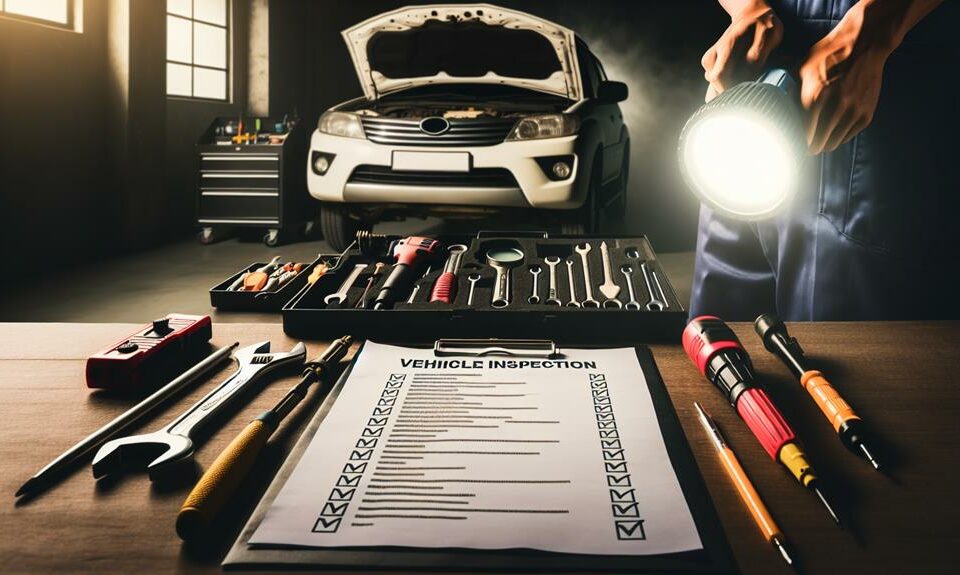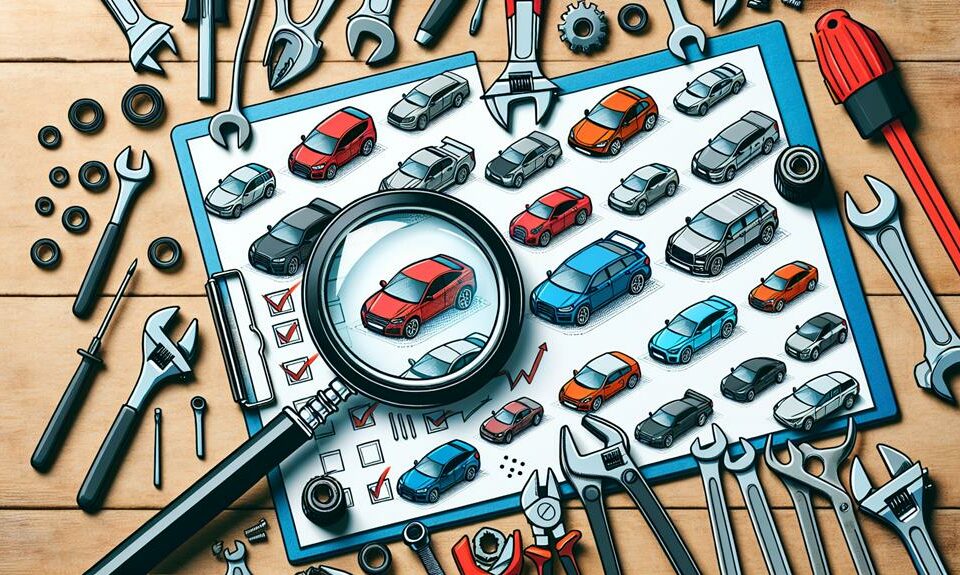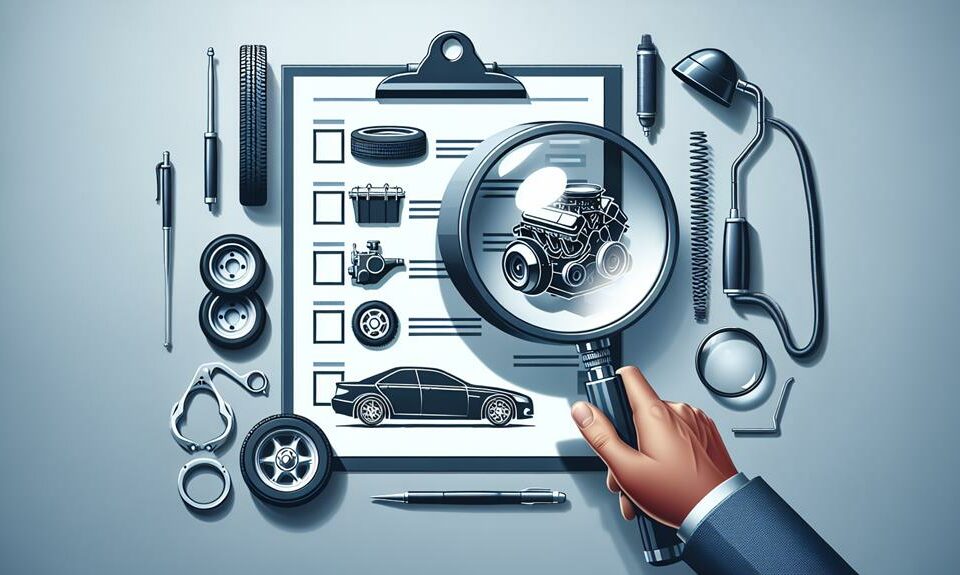From Safety to Emissions: Exploring the Various Vehicle Inspection Types

Car Mechanic Insights: Top Core Services for Maintaining Your Vehicle’s Health
April 8, 2024
The Essential Vehicle Inspection Checklist: Navigating Through the Types
April 16, 2024Just as a well-oiled machine ensures smooth operations, regular vehicle inspections are essential for maintaining safety and reducing environmental impact.
As an owner or operator, you’re likely familiar with the terms: safety inspections and emissions testing. However, do you truly grasp the depth of these processes, the intricate checks and balances that go into each type of inspection? It’s not merely about ticking boxes on a form.
From scrutinizing brake systems to measuring tailpipe emissions, each inspection type addresses a different, yet equally critical, facet of vehicle performance. So, let’s pull back the curtain and explore the world of vehicle inspections.
Are you ready to navigate the maze of technicalities and regulations? The journey begins here, and we assure you, the destination is worth it.
Understanding Vehicle Safety Inspections
To fully comprehend vehicle safety inspections, you must first be aware of its core objective: to meticulously examine a vehicle’s key components and systems for any signs of wear, damage, or potential malfunction. You’re part of an essential process in ensuring the roadworthiness of a vehicle. It’s in your diligent scrutiny that dangerous flaws can be detected and rectified. You’ll be looking at the brakes, tires, lights, and steering system among others.
If you’re inspecting a car, for instance, you can’t overlook the seat belts or the exhaust system – they’re as crucial as the engine. It’s not just about ticking boxes on a checklist. You’re safeguarding lives. By understanding the intricate details of safety inspections, you’re an integral part of a community dedicated to road safety.
The Importance of Emissions Testing
While ensuring safety through comprehensive checks on physical components remains paramount, it’s equally vital to consider the vehicle inspection on the environment, hence the necessity of emissions testing. This process scrutinizes your car’s exhaust system to measure the amount and type of pollutants it releases.
It’s not just about compliance; it’s about your role in preserving our shared environment. High emissions contribute to air pollution and climate change, issues that affect us all. Emissions testing helps you understand your vehicle’s environmental footprint, and in many cases, interventions can improve performance, reducing both emissions and fuel usage.






